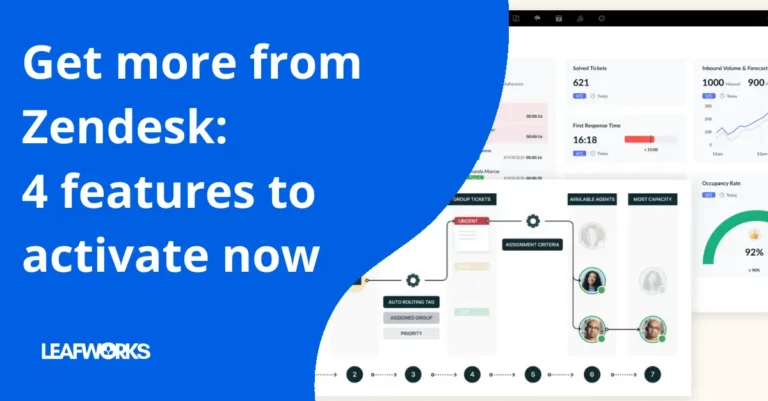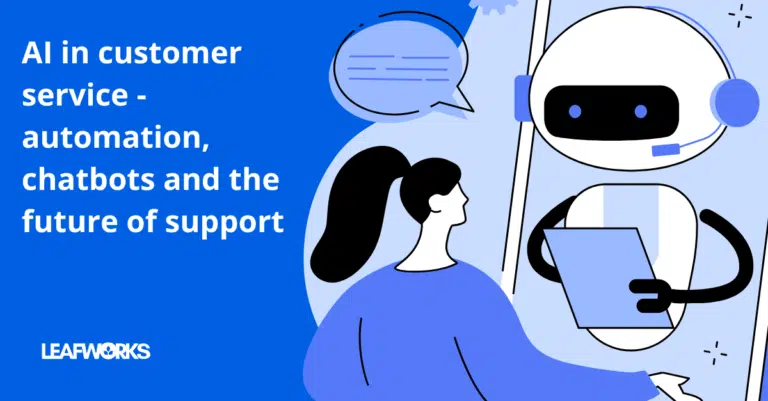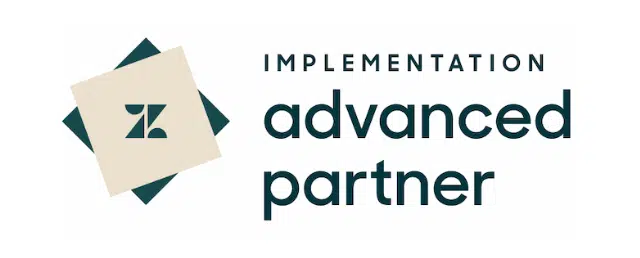A major issue in Customer Service are recurring requests, which could be solved by using a chatbot. It is important to identify situations/use cases, in which the use of a chatbot actually makes sense.
Your Goal
Your goal should be to implement a bot, for example RASA, that can solve common requests autonomously. This will result in a faster response regarding requests and less manual ticket processing by the Customer Service Team.
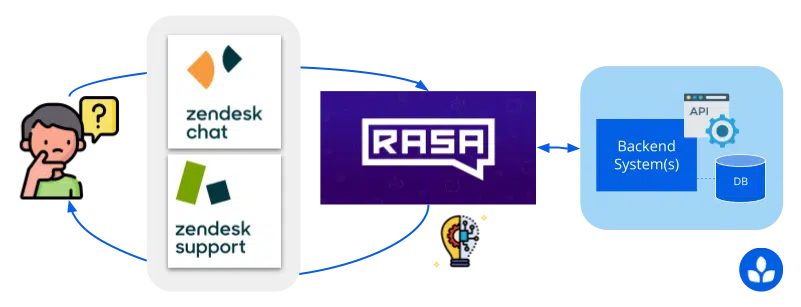
Use cases
Often, we differentiate between the type of requests. A simple request, as well as a complex request.
Simple Request
Example: “Is it possible to pay with Paypal?”.
These types of requests are predestined to be solved through a Knowledge Base/FAQ.
→ The RASA-Bot automatically suggests suitable articles to the customer.
Complex Request
Example: “When will my order be delivered?”
Complex requests often refer to a specific business task, for example an order, an offer or shipping.
→ In this case it’s necessary for the bot to establish a connection to the required Backend-System (CRM, ERP, Shopsystem, DWH, etc.).
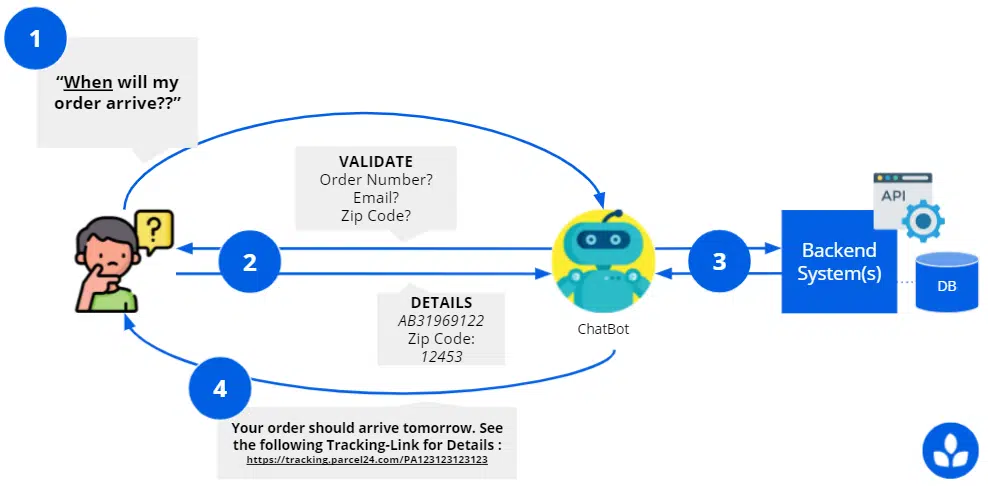
Solution
Let’s assume, as an example, a request concerning the shipping status of a specific order. The customer knows the Order-ID or another identification feature like the E-Mail-Address that was used for the purchase.
To ensure that the information of a specific order can be delivered, another confirmation/authentication is required, for example the zip code.
Based on that two pieces of information, an API in the Backend-System is triggered. As a result, the order status and additionally the Tracking-ID can be delivered. By using the Tracking-ID it is possible to request the delivery status from the shipping provider.
What could the first step look like?
- Identify and evaluate Bot-Use Cases (based on the frequency of a recurring request)
- Selection of a specific Use Case to implement in RASA
- Create technical requirements, if a Backend integration is necessary
- Set up MVP (minimal viable product) for the first Use Case in RASA
- Live-test
Your Benefit
- Faster response times towards the customer (Instant-reply)
→ Increased customer satisfaction - Decreased Workload concerning the customer service team
→ Increased agent satisfaction through less manual, repetitive tasks - More time for the customer service team for active customer care

